Getting started with big data using M2M telematics
Having the right data to predict and adapt is a competitive advantage in business. Collect and manage your data with m2m telematics.
By Geotab
Nov 16, 2012
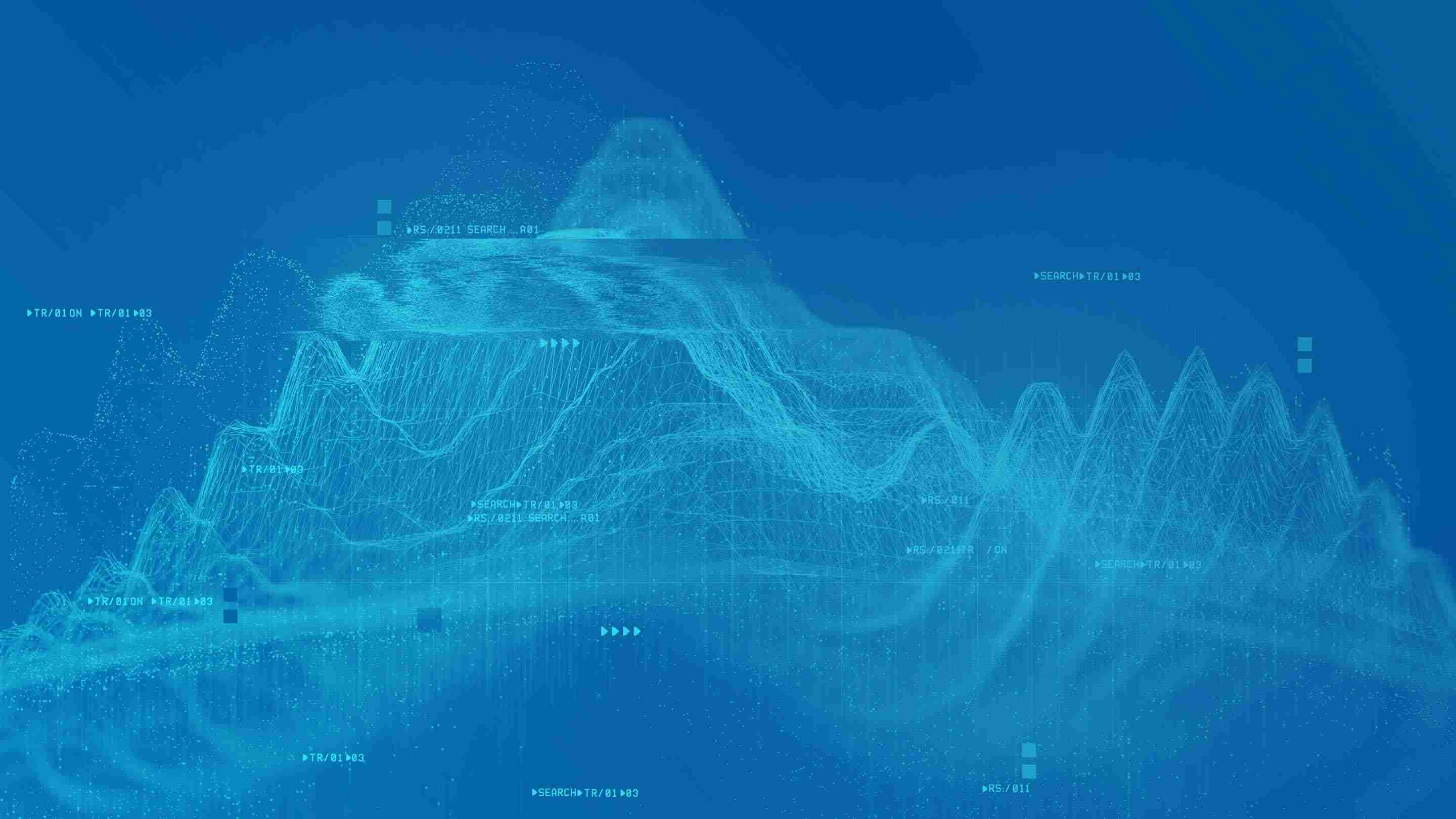
Many companies today are beginning to understand that there is a serious competitive advantage in having the data to predict and adapt to the changing business environment. According to the Harvard Business Review (HBR) (Oct. /Nov. issue, 2012), companies that are data driven have consistently higher performance in areas of financial and operational results. (p. 64). The HBR study shows that companies which use data driven decision-making show a 5% increase in productivity and a 6% higher profit than their less data driven counter parts.
It is easy to see that data is value, but many companies put off applying the principles because they don’t know where to start. It does not take an enormous upfront investment to start collecting meaningful data. It is easy to start building the data based decision culture with a few easy steps.
First, select a business unit that has an appetite to innovate and try new things. Start with a small, easy to manage data set. For example, with the use of m2m telematics technology, you can try to understand the asset utilization of each vehicle within a specified location. This one data set can drive decisions around how many assets are needed, what type of asset is best suited for the work, what assets have the lowest total cost of ownership over the life of the asset.
Secondly, challenge the key parties involved to identify five ways the data can assist in improving operations. For example, understanding the miles driven to complete a service or delivery compared to the profits generated can yield surprising results. One customer, for instance, found that they were losing money by selling to customers with same day delivery. This resulted in a change in how they do business with rural customers and improved profitability.
Thirdly, managing with big data is a process not a destination. To get the most out of big data in telematics it is important to have an ongoing process of experimentation, measurement, analysis and replication. Experiment with collecting different data sets, measure the impact of the change on the business, and analyze the results and share the results with other business units to spread the improvements throughout the company.
In conclusion, big data is about gathering data today that can and will be used next year and the following years to make informed decisions about business practices. It isn’t always necessary to know every metric that you may want to analyze in the coming years but it is important to have a platform of data gathering that can grow to meet the changing needs of your organization.
Subscribe to get industry tips and insights
Geotab team
Subscribe to get industry tips and insights
Related posts
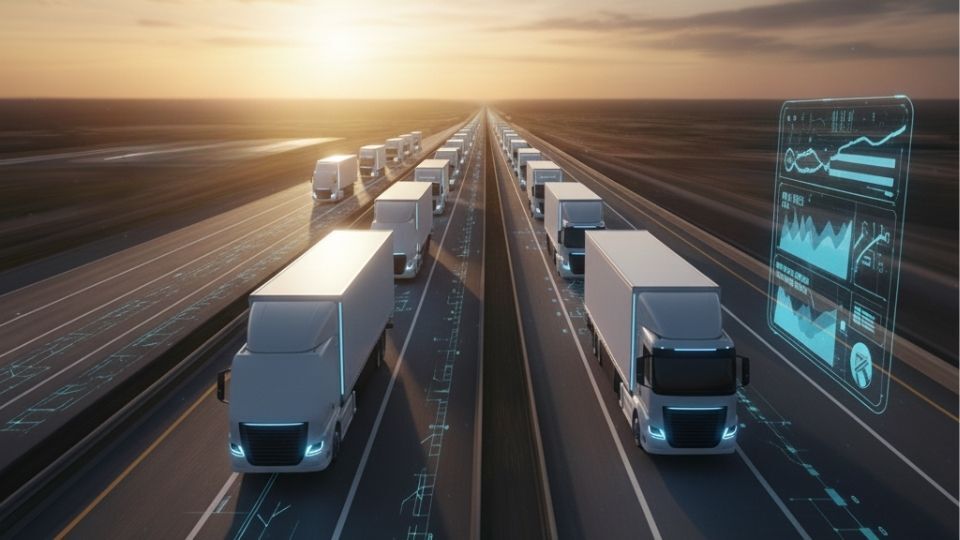
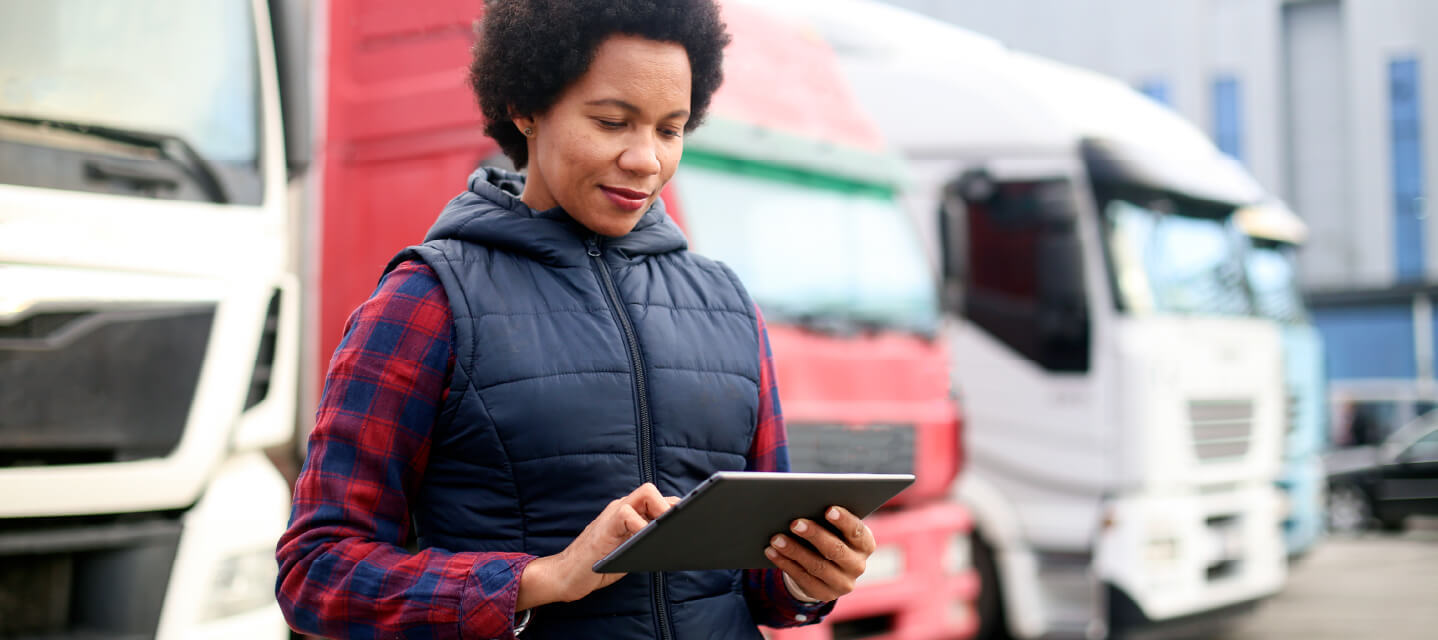
14 Fleet management key performance indicators you should track to boost efficiency
December 1, 2025
7 minute read
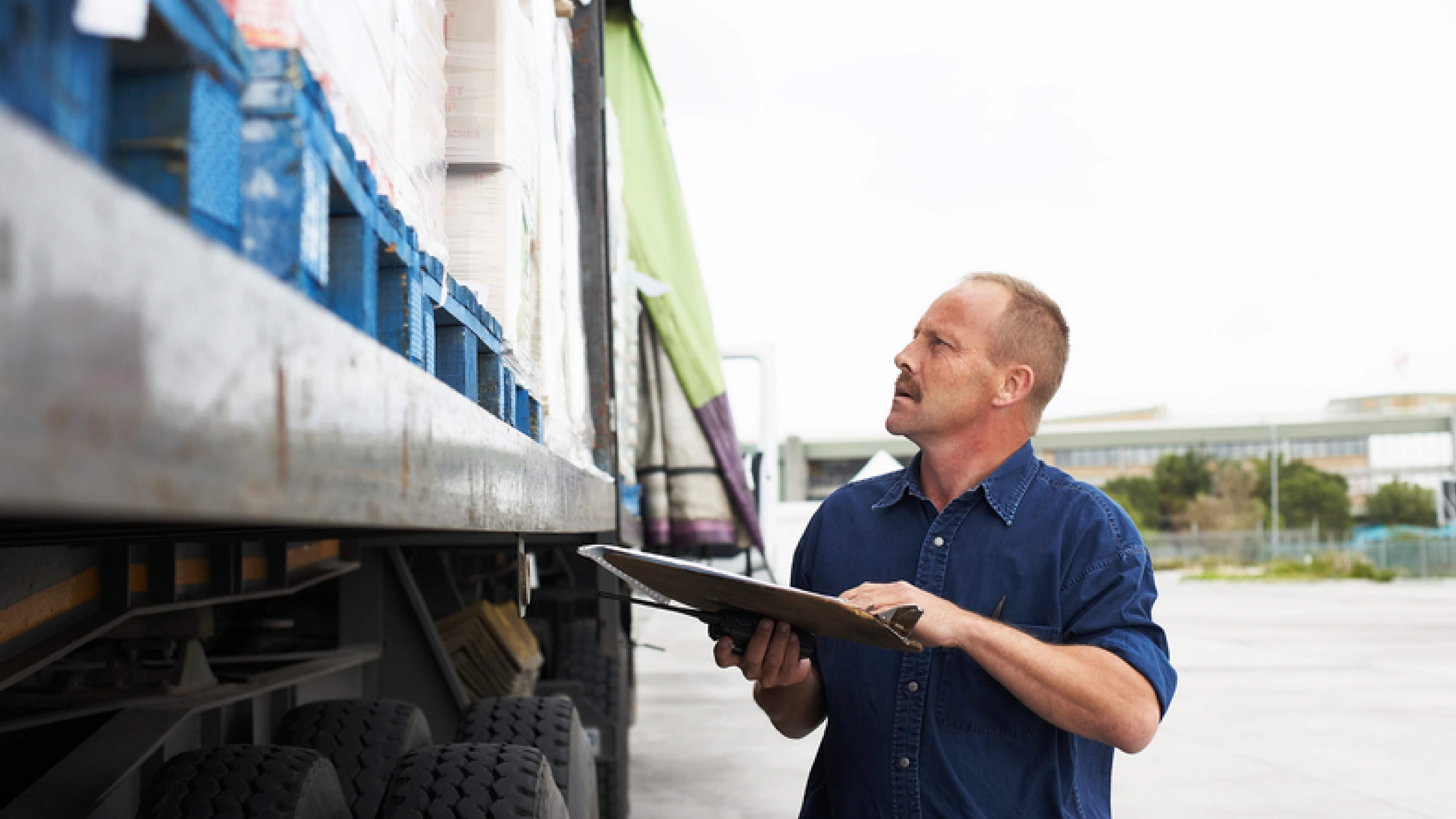
Strengthen high-value cargo security with advanced telematics
August 12, 2025
4 minute read
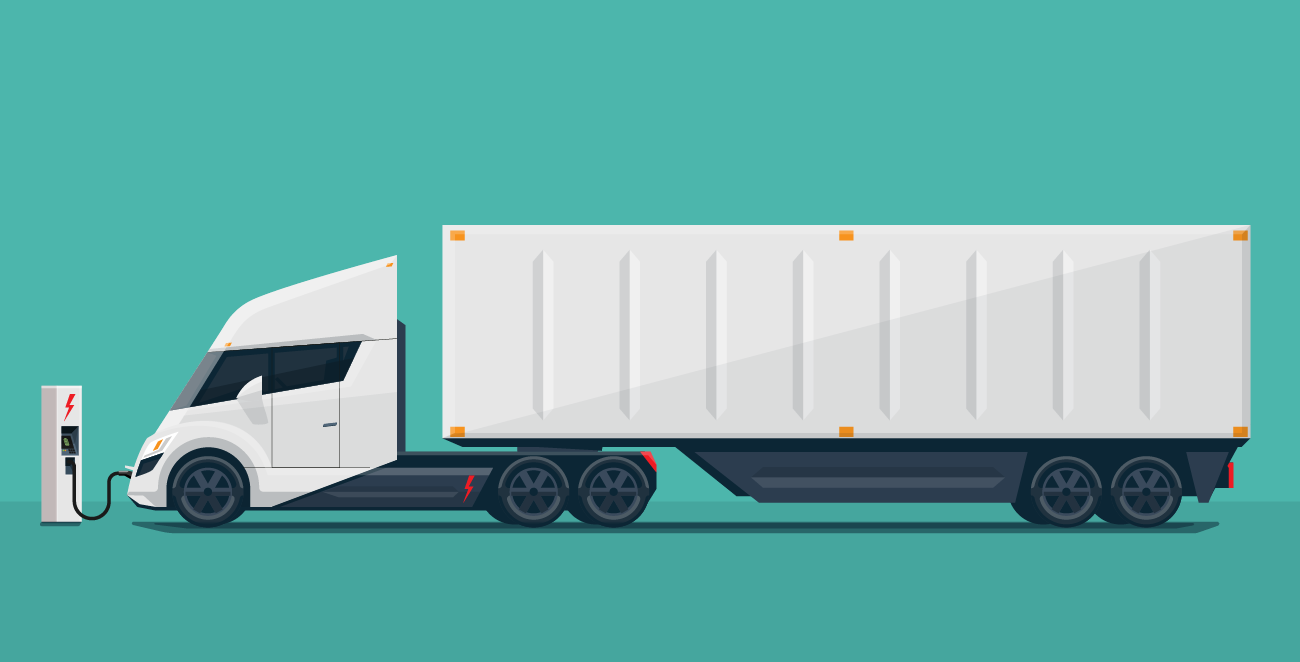
Autonomous trucking: The impact of self-driving trucks in the freight industry + guide
July 30, 2025
6 minute read
.jpg)
Field service foresight: How telematics boosts predictive power
July 25, 2025
2 minute read
